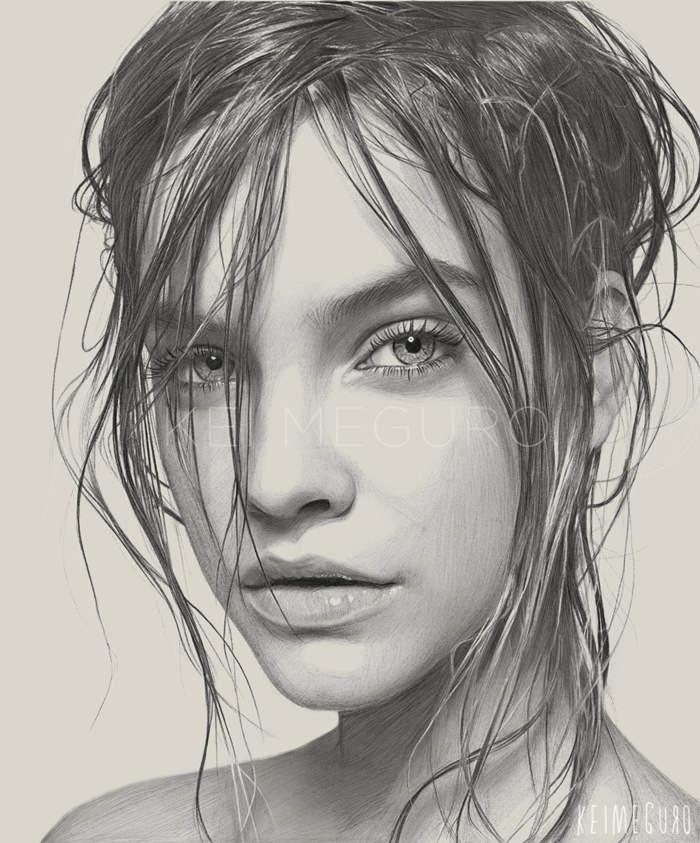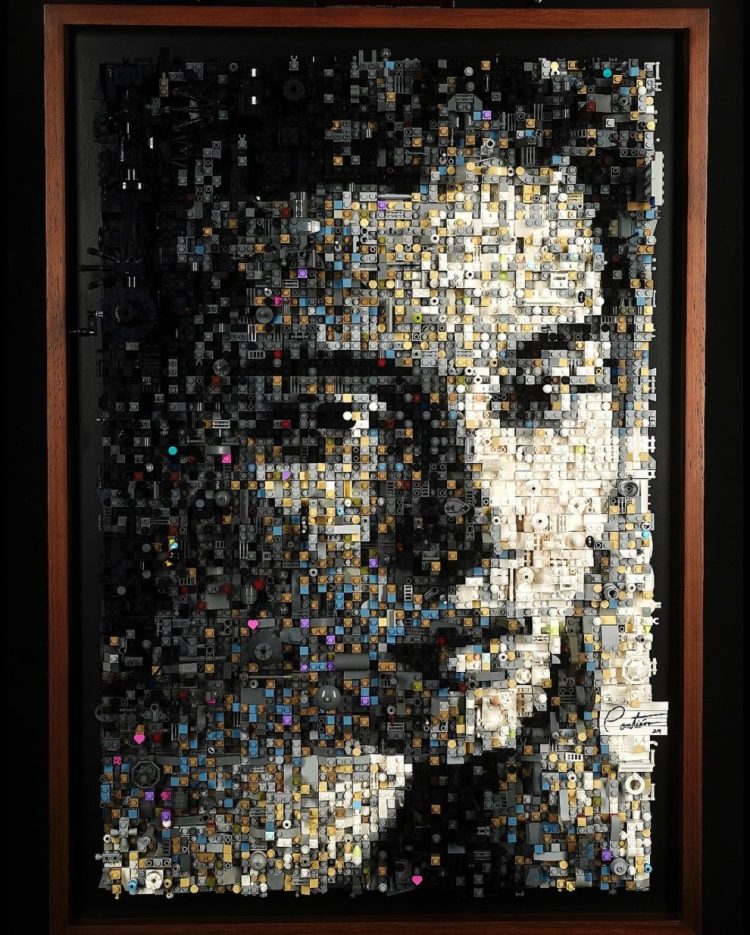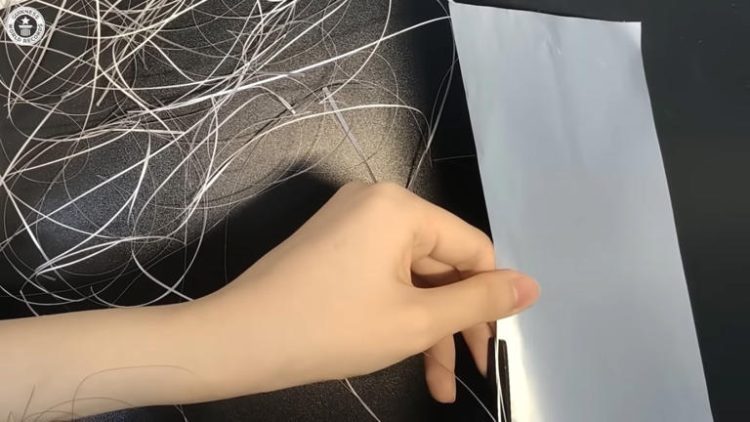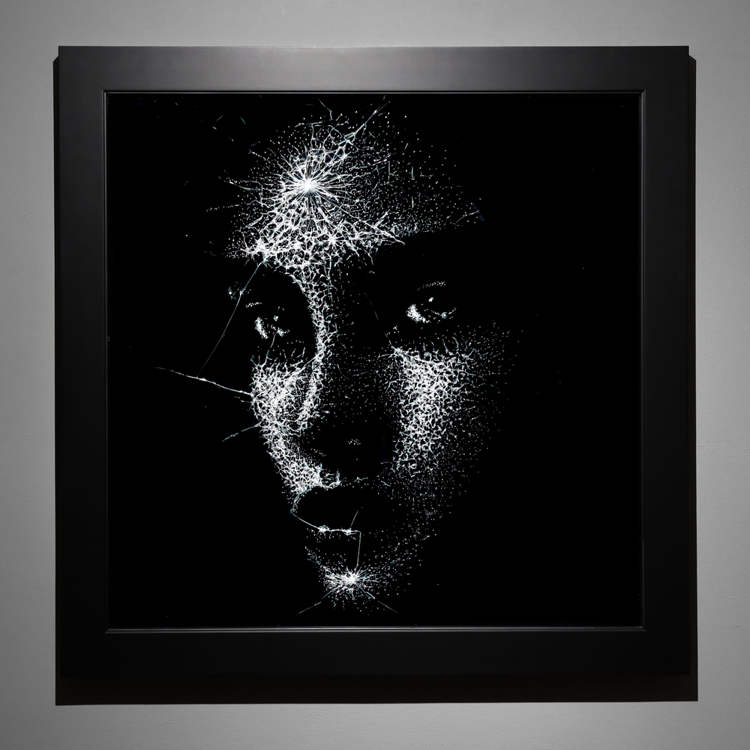Greg Dunn is on his way to earning a doctorate in neuroscience, from the University of Pennsylvania, but he’s also passionate about pan-Asian art, so he decided to combine his two main interests into one unique art form.
Dunn paints neurons, the tiny cells that comprise our brain, using the Asian sumi-e style, an ancient technique that aims not just to reproduce the appearance of the subject, but to capture its soul. Sumi-e is regarded as the earliest expressionistic art form that captures the unseen. For example, East Asian Ink Brush Painting, as this style is commonly referred to, isn’t used to replicate a person’s appearance perfectly, but rather to express their temperament. In the same way, Greg Dunn doesn’t use photomicrographs as reference to paint a perfect picture of the neurons, but rather as a guide upon which he likes to add his own touch. Painting an exact replica of what he see would “rob the painting of sponteneity”, according to Dunn.

The neuron painter says he has always been more of an introverted person, so he spent a lot of time with his thoughts. So you can understand why he became so curious about what really happens up there, in his head, that he developed scientific interests and decided to study neuroscience. He now refers to himself as a scientist who wants to understand himself. Although he doesn’t remember when exactly he was drawn to Asian art, he believes it was the result of over-exposure to Renaissance art, during a trip to Europe. In contrast to a lot of the art produced in Europe, Asian art was so simple, emotional, and direct. There was breathing room on the canvas, and the techniques were so raw and bold,” Dunn remembers.

“Neural forms are naturally elegant and spontaneous, characteristics that also describe the more traditional forms of Asian sumi-e painting- branches, grasses, etc. All that is required to connect the dots is the realization that you need to crank down your awareness to the micron scale to see that nature has very similar forms across different scales of magnitude. The branching form of a dendrite is nearly identical to the form of a branching tree, a series of cracks in the pavement, the movement of rivers and streams as viewed from space, or a lightning bolt. I wouldn’t be surprised if the form were represented on a cosmic level as well. It is a fractal solution to the Universe,” the artist said in an interview with The Beautiful Brain.

Asked what he finds beautiful about the human brain, Greg Dunn said: “It is literally the most complicated object in the known Universe! The tremendous knot of cells when connected in a certain way gives rise to a strange sense of “I” that is able to ponder and learn things about its environment. It is an utter miracle, and is at the root of why we are conscious beings able to appreciate this world and all of its beauty. How can you not love it?!”
















